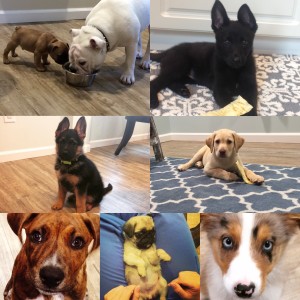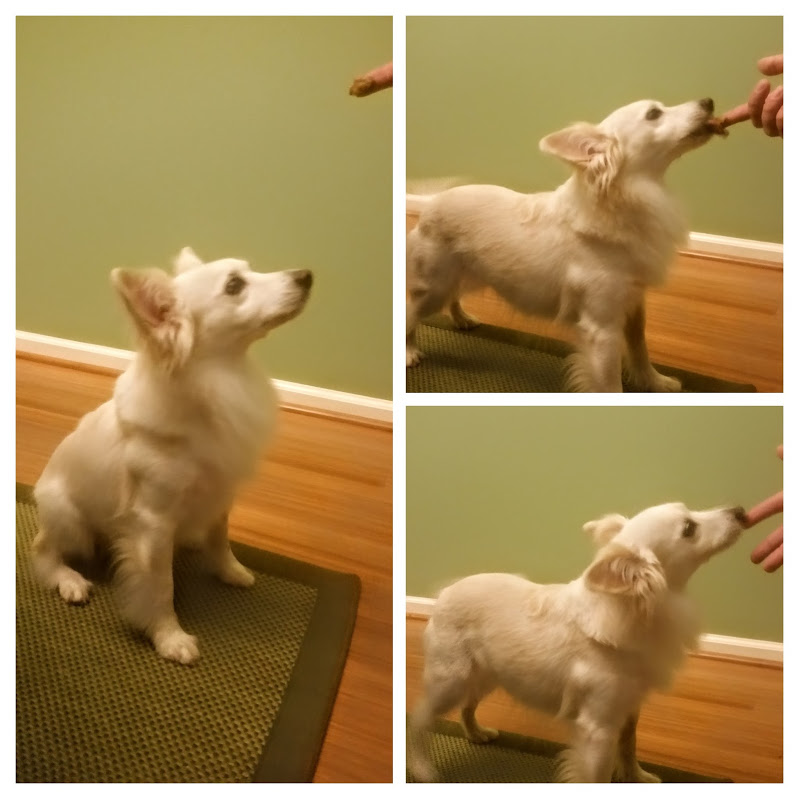By: Janette Blackwood, DVM
My first couple of years out of veterinary school, I worked out in a military town in Georgia. One day, I had a client come in with a new adult shetland sheepdog rescued from the shelter. Even though it was about a decade ago, I still remember reading the paperwork filled out by the original owner at the time the dog was surrendered to the shelter. The paperwork had a list of the standard questions you would see on these forms, such as “Is this dog on heartworm and flea prevention?” or “Is he good with small children?” But, there was one question and answer that really stuck out to me, because it really made me think about the bonds (or lack of bonds) that we form with our pets:
Question: “What does he/she enjoy doing?”
Answer provided by owner surrendering pet: “I don’t know.”
The relationship (or lack thereof) between an animal and a pet can be so valuable, that it actually has a medical term taught in veterinary colleges and recognized by the American Veterinary Medical Association (AVMA): “the human-animal bond”. The AVMA’s website defines the human-animal bond as “a mutually beneficial and dynamic relationship between people and animals that is influenced by behaviors that are essential to the health and well being of both.” The definition further goes on to state that a veterinarian should work to maximize the potential of this bond between their clients and pets. As a new graduate, my mind was constantly in a whirl to make sure that I was keeping my animal patients’ bodies physically healthy. Were all my dog and cat patients on parasite prevention monthly and properly vaccinated to keep them safe from infectious diseases? Were my senior pets comfortable in managing their arthritis? And, were my senior sets treated appropriately for their periodontal disease, so that they would continue to eat without pain? But, reading that question from that shelter’s paperwork really got me thinking about wondering if I was doing enough to make sure that my pets were also happy in their daily lives, thereby building that human-animal bond.
At the time that I was meeting that newly adopted Sheltie, my own little white, fluffy mutt Radar was a young guy full of tremendous energy. And, even though we had only had him for a few months, I knew for sure how to answer the question: “What does he enjoy doing?” He has always loved the game of chase with anyone throwing a squeaky toy. He loves long walks in any new area; bonus points if there are random tuffs of grass for him to mark as his own. The end to a perfect day full of activity would consist of a quiet evening with a Greenie chew and maybe a little tomato for dessert after eating his dry kibble. And, if you were sitting on the floor, he can always find a way to position himself directly in front of you in the perfect location for a gaining a back rub.
As Radar and I both grow older and life finds me and my family somehow busier than ever, I do have to make myself stop and reassess: Am I still providing Radar what he needs to be happy? He is so quiet; he rarely complains. At these times, I usually stop what I am doing and grab his harness and leash. Then, we head outside for a walk through the neighborhood, making sure to walk a little more slowly in the areas with tall tufts of grass.
If you feel inclined, comment below on what you feels gives your pets meaning and happiness in life. It might give others ideas of activities to do with their pets, especially as the nice weather is starting to return.
Janette Blackwood, DVM
Website to the AVMA description of The Human-Animal Bond.
https://www.avma.org/kb/resources/reference/humananimalbond/pages/humananimalbondavma.aspx




